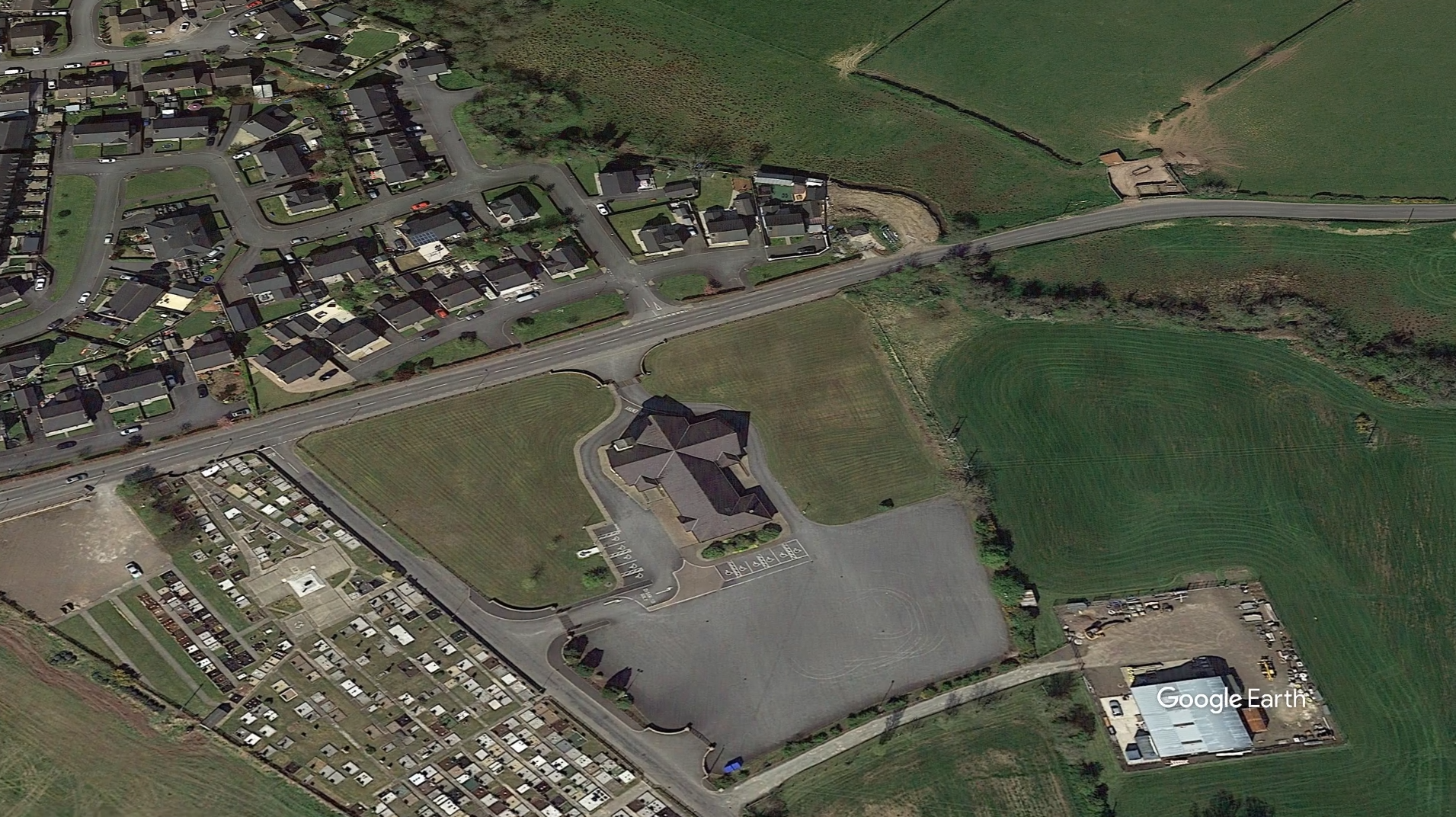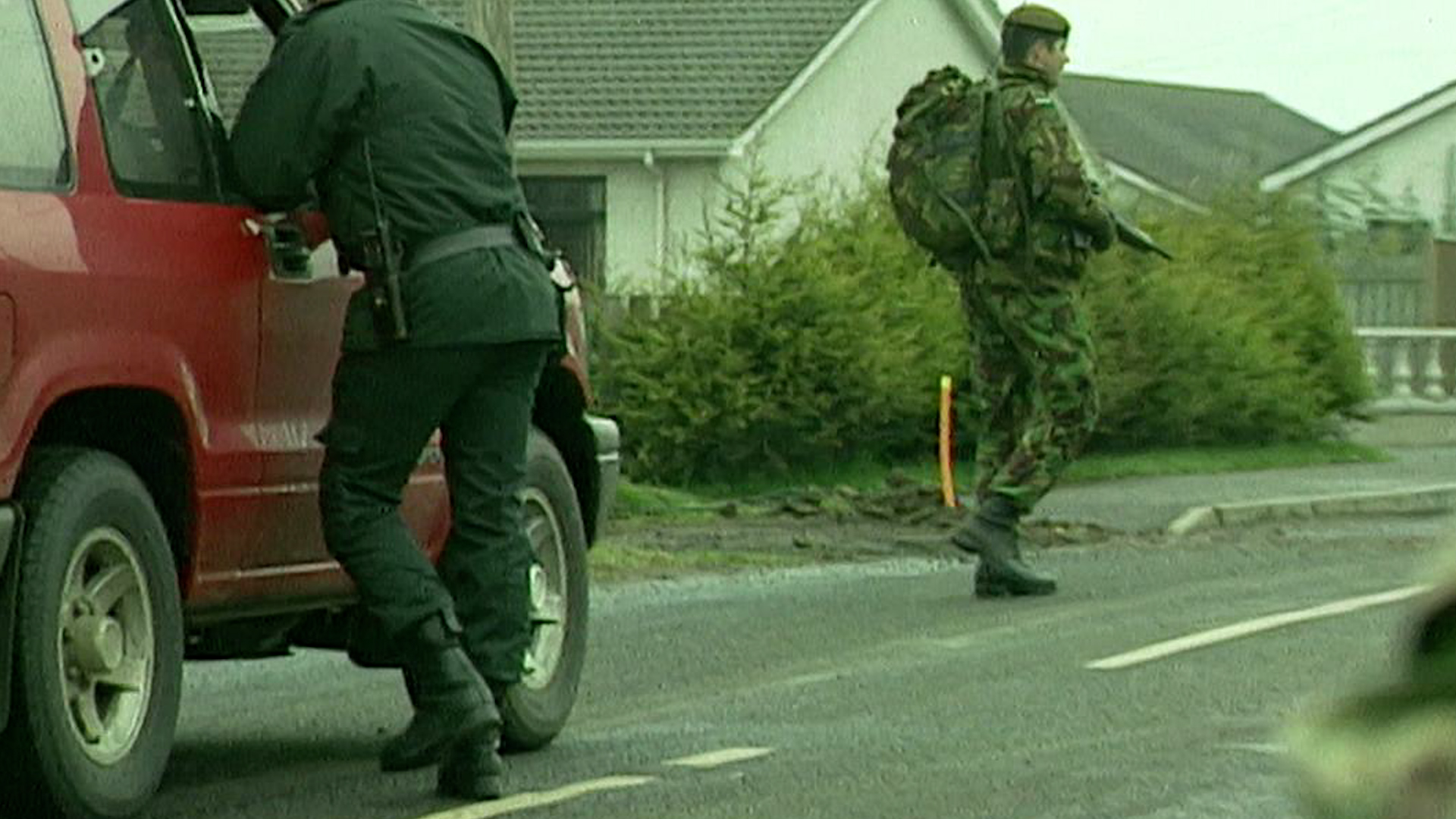
Opinion: Why the SAS didn't try to capture the Provisional IRA at Clonoe

The Belfast coroner's report found that the use of lethal force was not justified when four members of the Provisional Irish Republican Army (PIRA) were shot by British forces on 16 February 1992.
In my opinion, the report fails to understand the context of the conflict at that time.
The PIRA were a highly effective terrorist organisation. They were disciplined, compartmentalised and ruthless and the East Tyrone Brigade were one of the most effective units.
In 1988, they had killed eight soldiers in a bus explosion and in 1990 had shot down an Army Gazelle helicopter.
They had used bombs to blow up police stations, trucks with heavy machine guns and in one case even an improvised flame thrower.
In the late 1980s/early 90s, they were hit by a number of SAS ambushes with Clonoe being the final one which caused them to eventually change tactics to longer-range mortar attacks.
For British troops at the time, the brutal reality of serving in Northern Ireland was that everyone knew there was no possibility they would ever be taken prisoner by PIRA.
It was not a conventional war – if they were captured they would be executed.
In 1987, the SAS carried out an ambush which killed eight members of the East Tyrone Brigade who had just blown up a police station in Loughgall in Armagh.
Following that PIRA members clearly knew that if they clashed with the SAS it was unlikely they would survive.
That is the background.
I feel massive sadness for the young men who died that night but the reality is the PIRA members at Clonoe went into the action with their eyes open.

In February 1992, intelligence showed that the PIRA were preparing an attack using a stolen truck with a heavy machine gun.
On 16 February, the Special Branch received information that an attack was imminent on Coalisland Royal Ulster Constabulary (RUC) station which would be mounted from St Patrick's Church at Dernagh, near Clonoe.
This was passed onto the SAS who were referred to by the inquest as a Special Military Unit (SMU).
The British Army captain leading the SMU stated in 1992 that as the attack was planned to be staged by the PIRA from the chapel car park they would mount an operation to arrest the terrorists before the attack.
They recce'd the chapel and the only available cover from view was a hedge line bordering the car park which offered almost no cover from fire.
By 19:40, the SMU had moved into position in the hedge line. An MOD document provided to the inquest dated February 1992 referred to this party as the 'Truck Assault Group'.
According to the inquest, various cars came and went from the car park throughout the evening.
The 12 members of the SAS were armed with a general-purpose machine gun and Heckler and Koch G3 assault rifles.
At 22:40 PIRA carried out their attack on the Coalisland RUC station using a hijacked lorry with a DShK heavy machine gun welded onto the tailgate plus three Romanian AKM assault rifles.
The 12.7mm calibre DShK was from a shipment provided by Libyan leader Muammar Gaddafi in 1986.
After firing approximately 60 rounds at the police station the lorry then drove to the chapel at Clonoe where the getaway cars were waiting.
Just before 23:00, the SMU hidden in the hedge line opened fire.
The coroner's report shows that there were at least nine members of PIRA at the church car park.
The 1992 MOD report describes "an initial volley of fire, put down on the target area by all members of the call sign from the location of the hedgerow".
"After the split, six soldiers cleared the area around the truck and then five of them proceeded to the area north of the chapel and engaged one more terrorist."
Four PIRA members were shot dead at the scene.
Kevin Barry O'Donnell (21) was shot while dismounting the lorry; Patrick Vincent (20), the driver of the lorry, was found dead in the driver's cab; the body of Peter Clancy (21) was found near the lorry; and Sean O'Farrell (22) was found on the far side of a road north of the chapel.
The four dead had all been shot multiple times.
Ballistic reports showed that some of the deceased had been shot while prone on the ground.
Five other PIRA members survived.
Aidan McKeever was shot next to one of the getaway vehicles and was taken to hospital.
He later stated that he was there "visiting the graves of his father and grandmother".
Martin Woods was shot in the arm but drove off in a blue Vauxhall Cavalier to a nearby house where the occupant called an ambulance.
He was taken to hospital where he was treated and then arrested.
Three others, who were unidentified in the inquest, drove off in a red or brown-coloured Cavalier which was hit by gunfire.
These men were questioned by the Irish Garda in March 1992, two of them also had gunshot wounds.
A tenth member of the PIRA team had visited the car park several times earlier in the evening where the SMU team overheard the words "no joy yet".
He then left and went to the pub.
The scene and weapons were forensically examined. The SMU team had fired at least 514 rounds, with the GPMG gunner firing 138 rounds.
The three PIRA AKM rifles found all had their safety catch applied meaning the firing was so rapid they hadn't had time to react.

The inquest reported that a MOD after-action incident report from 24 April 1992 stated: "The deaths of four terrorists including two top PIRA members and the capture of a prestige weapon was an excellent Security Forces success."
The RUC investigated the action and the report compiled by Detective Superintendent Hart states: "Before any of the group, now 10 in total, had the opportunity to leave the area, the soldiers concealed in the hedgerow opened fire on the terrorists."
The soldiers have stated that due to the awesome power of the anti-aircraft gun, and the lack of hard cover protection, they engaged those in the car park without challenge or warning.
In their view, any warning would have put their own lives at considerable risk.
The balance of judgement for the coroner on whether the killings were lawful or not lay with the question: could the PIRA members have been arrested in the car park?
He concluded they could have been and that the troops should have issued a warning in accordance with the Yellow Card every soldier carried at the time which stated: "A challenge MUST be given before opening fire unless… to do so would increase the risk of death or grave injury to you or any other person."
There were 12 SAS present in the hedge line and at least nine members of PIRA.
My opinion is that with those numbers of PIRA present, to give a verbal challenge would have "increased the risk of death or grave injury to you or any other person".
The coroner stated in his verdict: "The operation was not planned and controlled in such a way as to minimise to the greatest extent possible the need for recourse to lethal force."
In other words – it was an ambush!
Writing this opinion piece for BFBS Forces News is Richard White, who served with 42 Commando Royal Marines in Northern Ireland.









